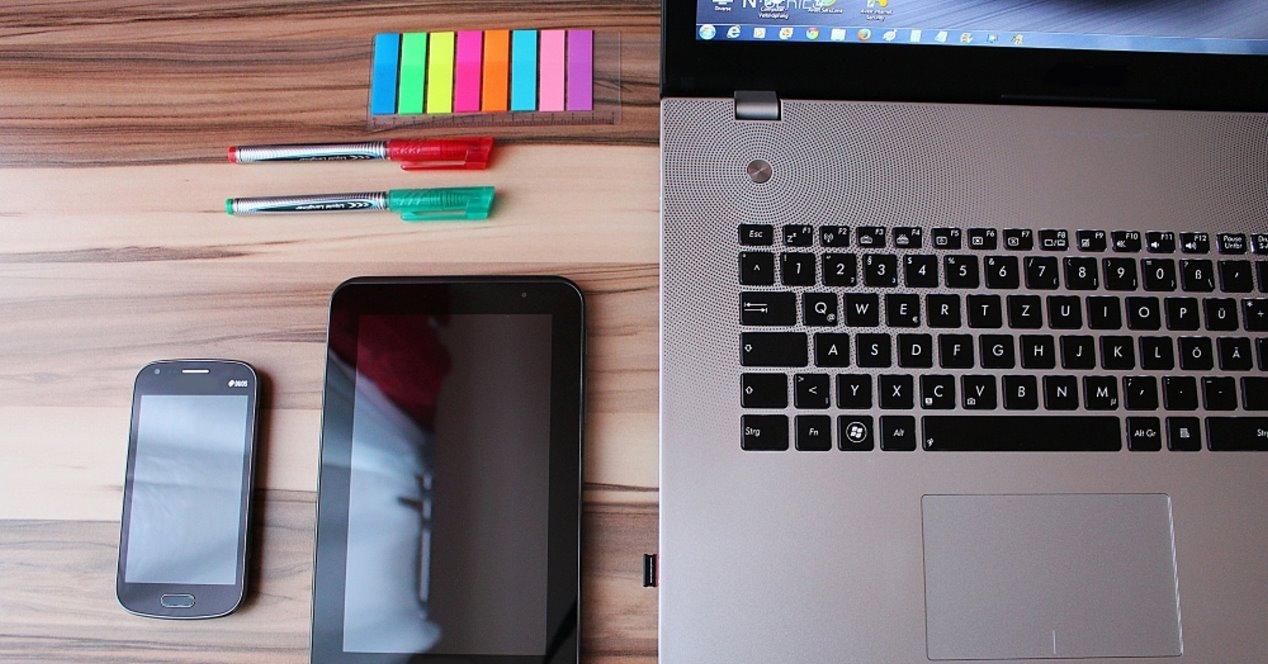A few years ago, it was said that the tablets they were going to devour the computer market and even replace them. Today they are nothing more than a fringe product that very few people use and therefore they have not become what they were promised in their time. Why was this transition never made? Are tablets doomed to be a niche product incapable of surpassing a laptop?
Many of us have a tablet in our drawer, we generally use it to read books in digital format or, failing that, to browse the internet. But its use is not that of a computer. Also, if you have a mobile with a large enough screen, you can do without it. What is the reason for its low popularity?
The PostPC concept
When the iPad was first introduced, the sadly deceased Steve Jobs began to invent the PostPC concept, referring to a change in the way computers are consumed by the general public. Specifically, the words were given in an interview with All Things Digital. The words of the founder of Apple were as follows:
You see, I’m trying to make a good analogy. When we were an agrarian nation, all cars were trucks, because that’s what you needed on the farm. But as soon as cars started being used in urban centers and Americans started moving to cities, cars became more popular, and innovations like automatic transmissions, power steering, and things from truck to truck that you didn’t care about. began to be integrated into cars. And now, I probably don’t know the stats, maybe one in 25 or 30 vehicles is a truck, where before it was 100%. PCs are going to be like trucks.
Well, time has passed and we find that tablets have not replaced computers at all, we even find cases like Apple’s iPad in its professional version that have only made laptops more expensive brand and with artificially limited functions. And yes, it is very obvious to talk about the failure of tablets, however, it is a subject that we believe deserves to be highlighted and analyzed.
The interface problem on tablets
We must start from the fact that the majority of applications that we use daily in an operating system must have consistency in the visual presentation of their applications. That’s why they use common visual elements laid out in the same way. This eases the learning curve.
During the rise of tablets, many applications were designed for mobile phones, and because of the use of the same family of processors, ARM, and the same operating systems, Android and iOS, many applications had to be adapted to a larger screen format. . However, we must start from the fact that the interface of a tablet is not the same as that of a PC, so the large number of applications had to be adapted to a completely different way of using it.
Thus, software companies had to devote financial and human resources to adapt their applications to a device that used a different user interface and was completely new to the market. Although the processing capacity would evolve over time to allow laptop-like use, there was no incentive for this and the work of adapting an application to be used from a traditional PC to a touchscreen was, to say the least, intimidating and it didn’t work for all apps.
The limits of the format
Taking a mobile chip and scaling it into a tablet is easy, but doing it from a PC processor is much harder. That’s why they’ve had disparate software ecosystems. Some companies have tried to complete the conversion process, but it came to nothing. The biggest demonstration of the fiasco, however, is the appearance of conventional laptops with tablet chips that are much more popular with ordinary people. We refer to the MacBook with Apple M1 and M2 chips or the Surface X with Qualcomm Snapdragon chips.











